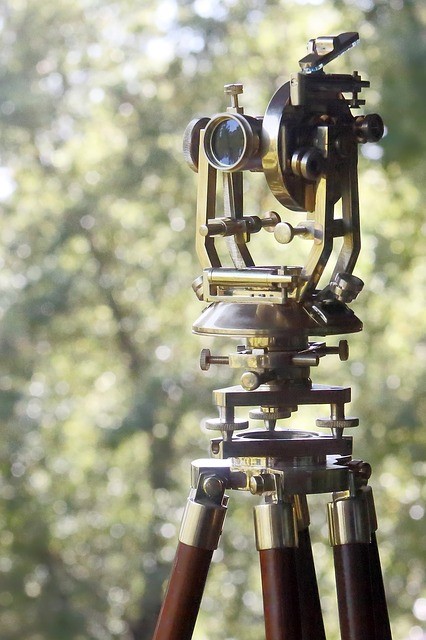
High Production Volume
Meeting deadlines has always been a tough ordeal for any production work. Metal manufacturers that have high demand yet are always battling with tight production schedule would do well to consider extrusion instead of casting. Apart from having a fewer number of steps, the process also guarantees fast cooling and curing, which is essential to fast-paced delivery. Even if the metal has to be hot-worked, the temperature isn’t too much to require time extension for cooling and compensating for expansion.
Low Cost per Unit
Because extrusion allows for mass production of items, be it a long tube or small machine parts, within a short period, production cost is also much smaller, making the entire process cheaper. It requires less amount of fuel than casting, too, so that further lowers the overall production cost. It’s no wonder many manufacturers and suppliers prefer extrusion from the country’s top bronze or brass extrusions suppliers because with it they can save a lot of money in the long run.
High Quality
When a billet is fed into the die, it takes on high compression, which causes its molecules to contract even further. This contraction increases the density of the metal, making it much stronger, tougher, and indestructible. When compared to cast metals, extrusions exhibit far better performance and durability. So if you want an item for your vehicle or machine to be of superior quality, choose an extrusion.
Excellent Finish
When it comes to surface finish, extrusion goes beyond what can be expected of cast metal—dense, smooth, and almost always free of voids that make metals weak or brittle. This is why many suppliers prefer extrusion for projects that necessitate excellent, uniform surface finish. It’s the unique, practical process that makes this possible. When the billet enters the die, its sides slither against the sides of the die, causing a polishing effect that results in a gleaming and seemingly buffed exterior, which unsurprisingly you won’t find in a freshly cast metal.
With all of these benefits, you can definitely tell that extrusions are so much better than cast metals and those produced from other metalworking techniques. When poorly done, however, extrusion may actually result in the opposite—flawed surface and full of voids. Insufficient or too much pressure applied could cause the billet to either deform or even crack. This is why you need to be careful when choosing a supplier. Make sure that they have mastered the craft of extrusion through many years of experience, have a superb track record, and supplies for many large projects and companies in North America. If you need bronze or brass extrusions for your own project, companies like Rotax Metals that have been around for almost a century are your best option. Not only do they have their owned fully furnished foundry, but they also get their raw materials from the most trusted suppliers.



